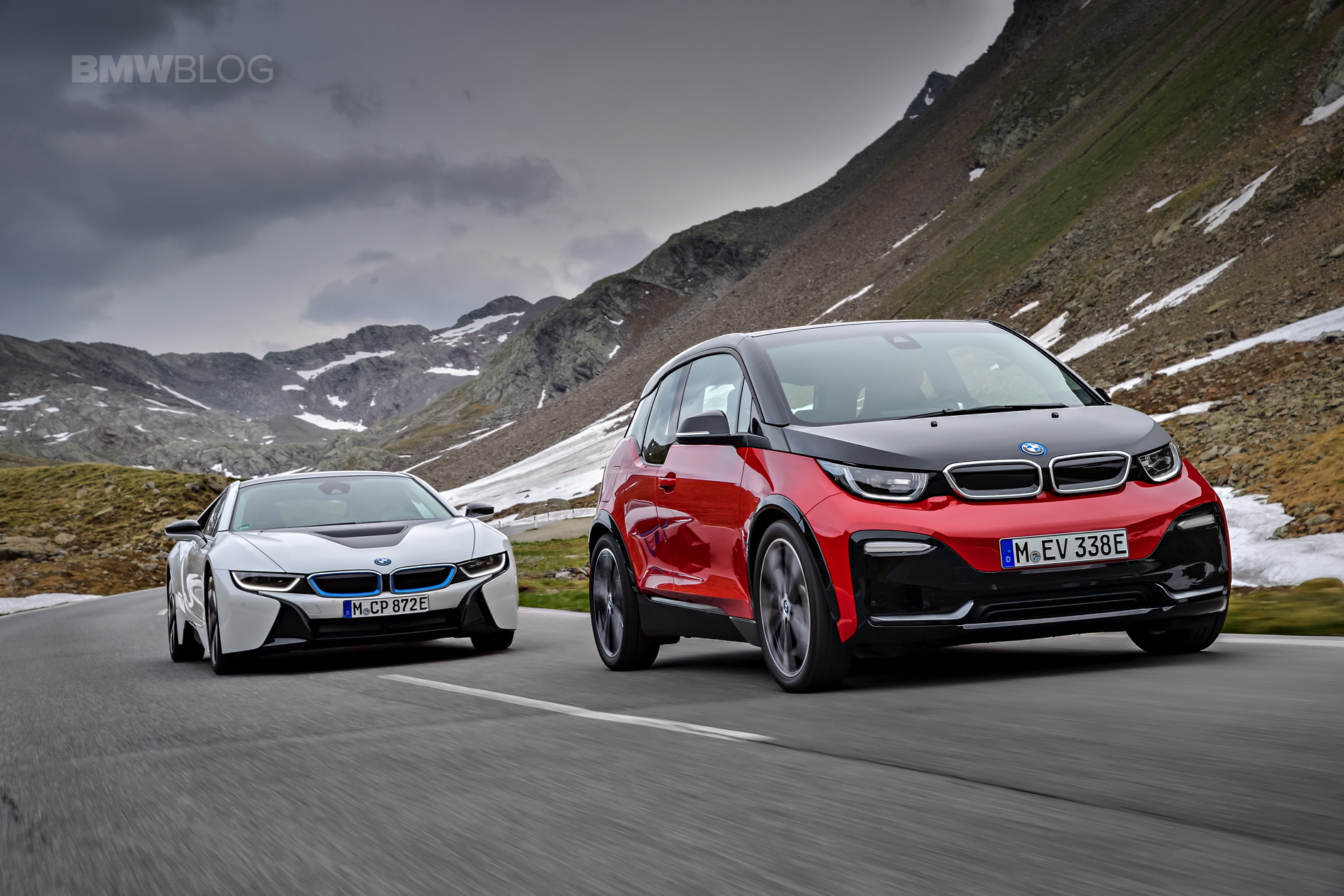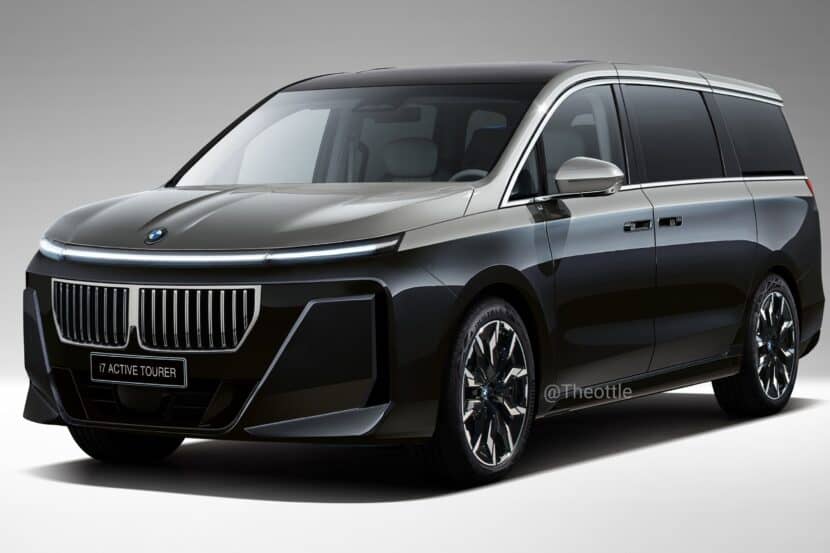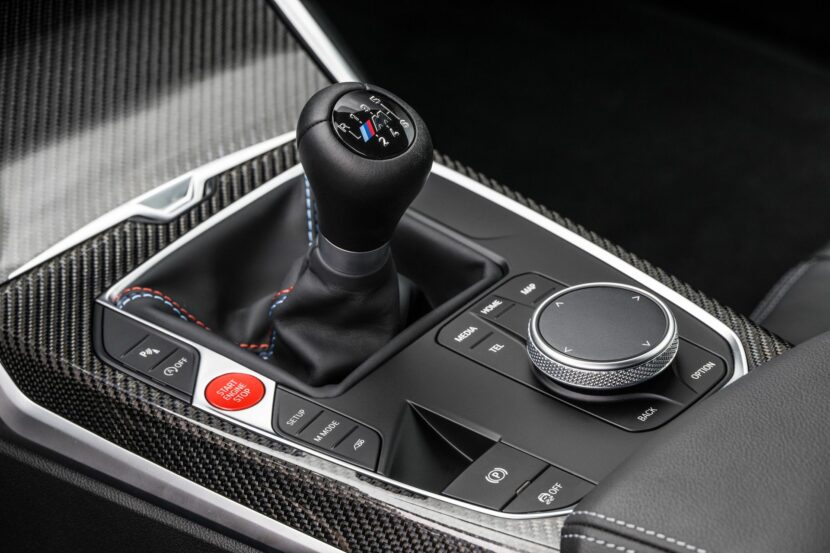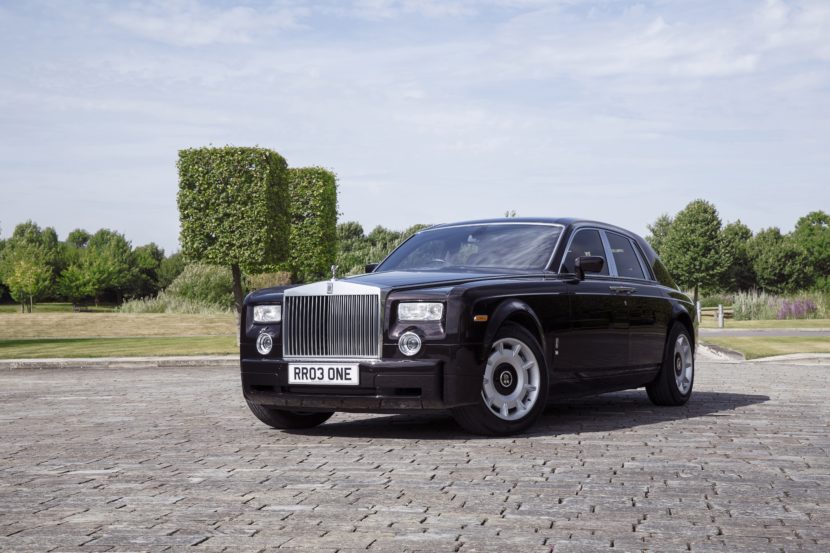Today, BMW sells a lot of electric cars. In fact, the automaker just passed the incredible milestone of producing one million fully electric vehicles earlier in April. Not only that, the brand reports a 40% increase in EV sales just in the last quarter. But it wasn’t always that way. While the BMW i3 has enjoyed a bit of a cult following – now and when it was new – it wasn’t historically a strong seller. To wit, BMW managed to sell an i3 in Q1 2024, nearly three years after the car ended US production. The company had a bit of a rocky start in the electric vehicle space. Today, however, it’s happily enjoying sales that healthily outstrip long-term rivals Mercedes-Benz and Audi. But why? In this piece, we explore BMW’s evolution in the electric vehicle market, drawing parallels with a recent Bloomberg article on the subject.
Making Mistakes Ahead of Time
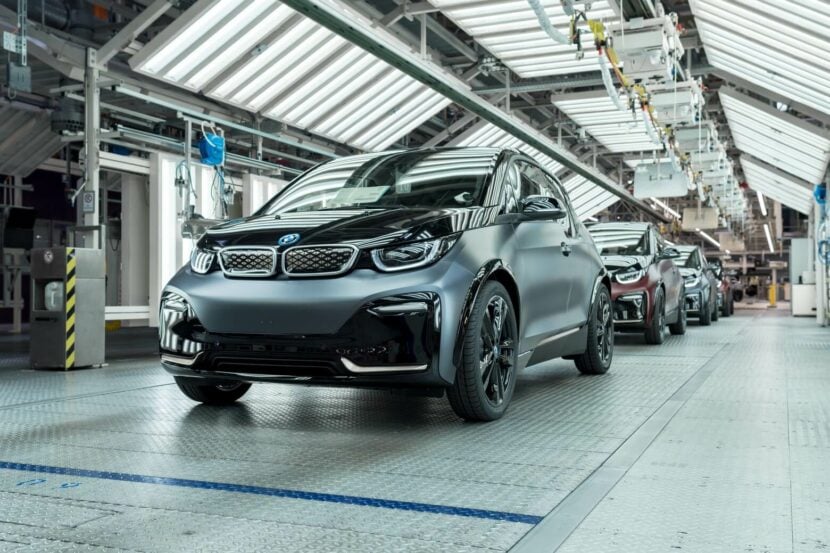
While beloved by many, the BMW i3 was slow to sell—especially outside of the bustling cities it was primarily designed for. The funky, spunky electric car was a dedicated platform designed from scratch to get the most from its then-innovative powertrain. When it debuted in 2013, it featured many revolutionary features, like carbon-steel construction and “skateboard” battery placement.
Unfortunately, many of these details either went over consumers’ heads or were never accurately communicated to them. The BMW i3—despite weighing less than 3,000 pounds and rocketing from zero to 60 mph in less time than the contemporary M3—sold slowly and barely steadily throughout its nine-year run. BMW managed to slang 250,000 i3 vehicles into customers’ hands. But it was a grind; the i3 was pricy – nearly $50K – and was a tough sell for customers who lived outside of urban centers.
Even the sportier i3s and i3 REX models, which featured a gasoline engine for extended range (Range Extender, REX), did little to kindle shoppers outside the vehicle’s target demographic. The car’s unique styling – which hardly resembled anything else the brand produced – didn’t help. But the i3 was hugely important for the brand – and set the stage for the success BMW enjoys today.
Electrified BMWs Today

Fast forward a few years from the day the last i3 rolled off the production line, and you see a very different lineup of BMW vehicles. The i5, i4, and i7 are all nearly identical to their combustion-engine counterparts. The EV-only iX uses – like the BMW i3 did – a unique styling that sets it apart from the rest of the lineup. But it also boasts traditional SUV advantages like real ground clearance and a comfortable passenger space.
Even the skateboard battery platform is gone (except, again, in the iX); instead, it is filling space in the transmission tunnel and where the gas tank would be. Where BMW has succeeded, others have faltered. In February, Mercedes-Benz backed off its (admittedly absurd) plan to achieve all EV sales by 2030. Audi sold 18,000 EVs in the first nine months of 2023, trailing BMW’s 31,000.
And most aren’t lusting for a Q4 e-Tron or Q8 e-Tron, which have received lukewarm (at best) receptions from critics, faltering behind rivals like Genesis, BMW, and even Cadillac. Looking at the landscape, it’s easy to see why BMW is succeeding today. EV offerings from Benz and Audi are aesthetically different from the rest of the lineup. And, generally, not favorably different.
While pricing is competitive on most Audi offerings, Mercedes’s cheapest EV is more expensive than the base i4 by several thousand dollars, offers less performance, and 30-50 miles less range. Of course, it’s not all the brand’s fault. Global EV sales are softening – with even Tesla reporting a sales drop, the first since 2020 – thanks to inflation, a stagnant EV infrastructure, reduced subsidies and tax breaks, and probably a dozen other reasons. But that does make BMW’s growth even more impressive.
Shows what a ten-year head start gets you.


